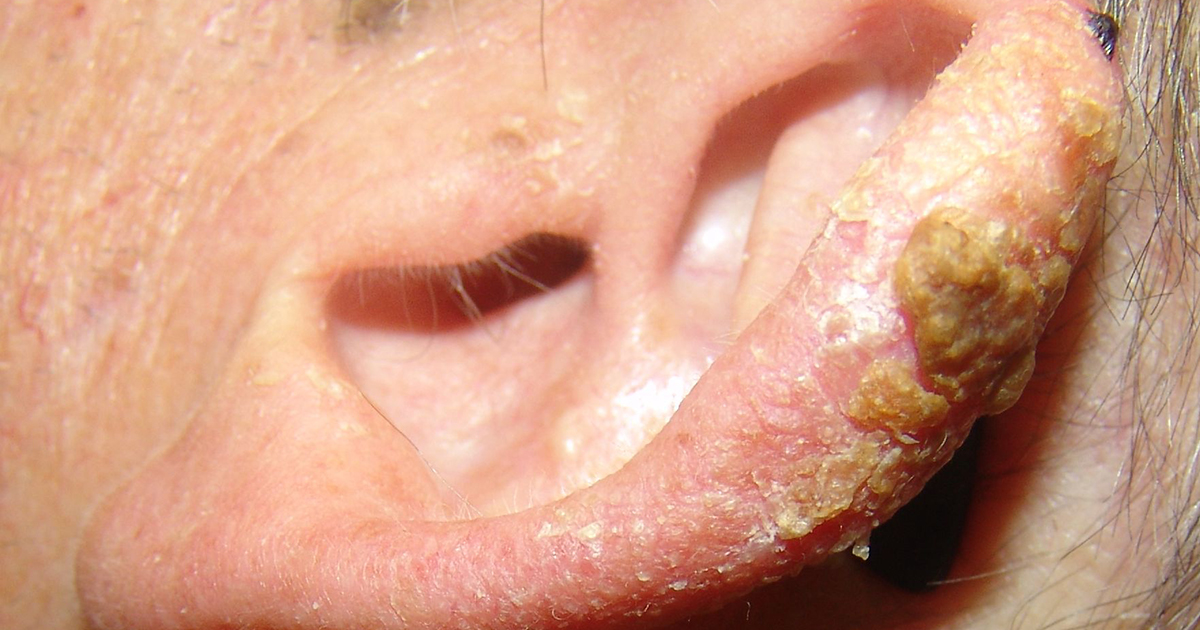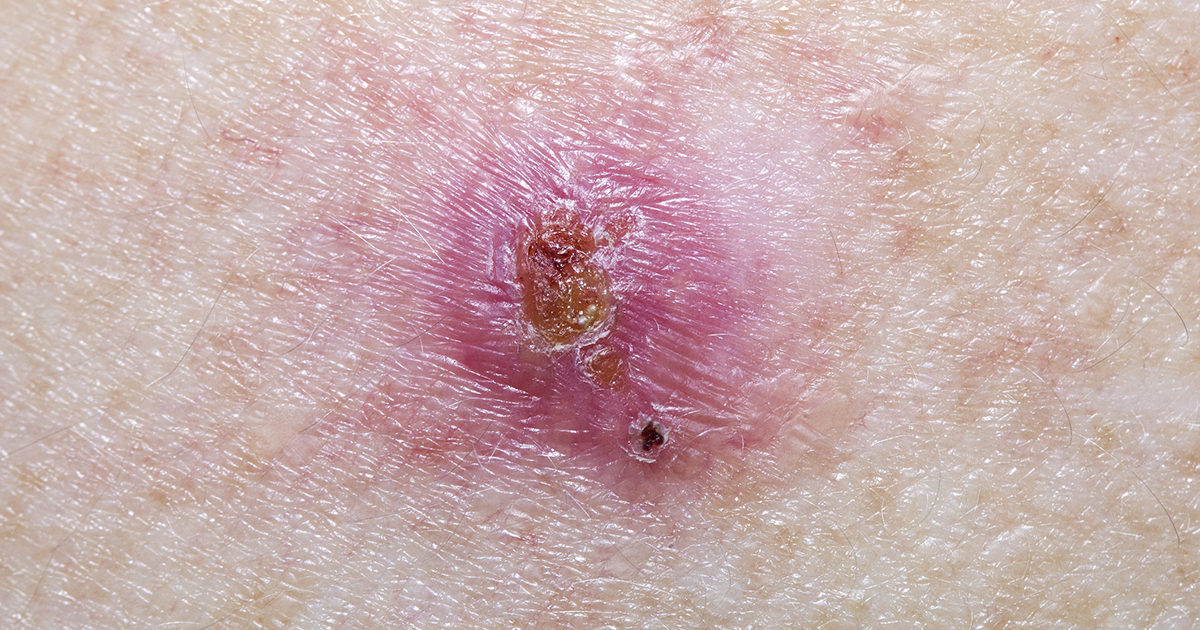Nasty Skin Conditions That Are NOT Psoriasis
Psoriasis is a common chronic skin condition many believe to be an autoimmune disorder. It causes the life cycle of skin cells to proceed abnormally fast, so the body can’t get rid of the dead skin cells, which means they then pile up in scaly, itchy, reddened patches. Psoriasis can also affect the nails and cause a type of arthritis called psoriatic arthritis. It can range in severity from affecting just a few patches of skin to covering large parts of the body. There are also five types of psoriasis, each with different symptoms. One problem in treating psoriasis is correctly diagnosing it, since it has a lot of look-alikes, ranging from benign conditions, such as eczema or acne to dangerous diseases, like basal cell carcinoma. In general, skin conditions tend to have similar symptoms, like rashes or red and inflamed areas. With this in mind, if you have a sore, rash, or other skin problem that doesn’t respond to home care and shows no signs of going away after a couple of weeks, get a dermatologist to check it out to make sure you don’t have psoriasis or any of the other following nasty skin diseases.
Actinic Keratosis

Actinic keratosis (AK), also called solar keratosis, is a scaly and crusty growth. It is sometimes also called a 'pre-cancer,' because untreated actinic keratoses often develop into skin cancer. They are particularly likely to evolve into squamous cell carcinoma (SCC), which is the second most common type of skin cancer.
Doctors often speak of AKs in the plural, for most patients don’t have just one. Actinic keratoses are typically caused by exposure to too many ultraviolet rays, whether from the sun or a tanning booth, so they tend to develop on places that get a lot of exposure to UV rays, like the face, hands, forearms, or shoulders. AKs are so small when they first develop, so much so the patient is more likely to feel them rather than see them. To begin, they will feel a tiny patch of rough skin, and as they get bigger, AKs resemble warts as they are elevated and have a rough texture.
Basal Cell Carcinoma

Skin cancer is perhaps the most common cancer in the world, and basal cell carcinoma (BCC) is the most common type of skin cancer. Over four million cases are diagnosed each year in the United States alone.
The basal cells where cancer develops are the deepest layer of the epidermis. There are five warning signs of BCC, and many cases of BCC have at least two. These warning signs include a persistent open sore, a patch of red or inflamed skin, and a shiny bump or nodule. Patients should also watch for a pink growth with an indented, crusted center and a raised border, as well as a pale, waxy, or yellowish area that looks like a scar.
Basal cell cancers are easy to treat when caught early. Untreated BCCs, however, can become large enough to damage neighboring tissues and cause disfigurement.
